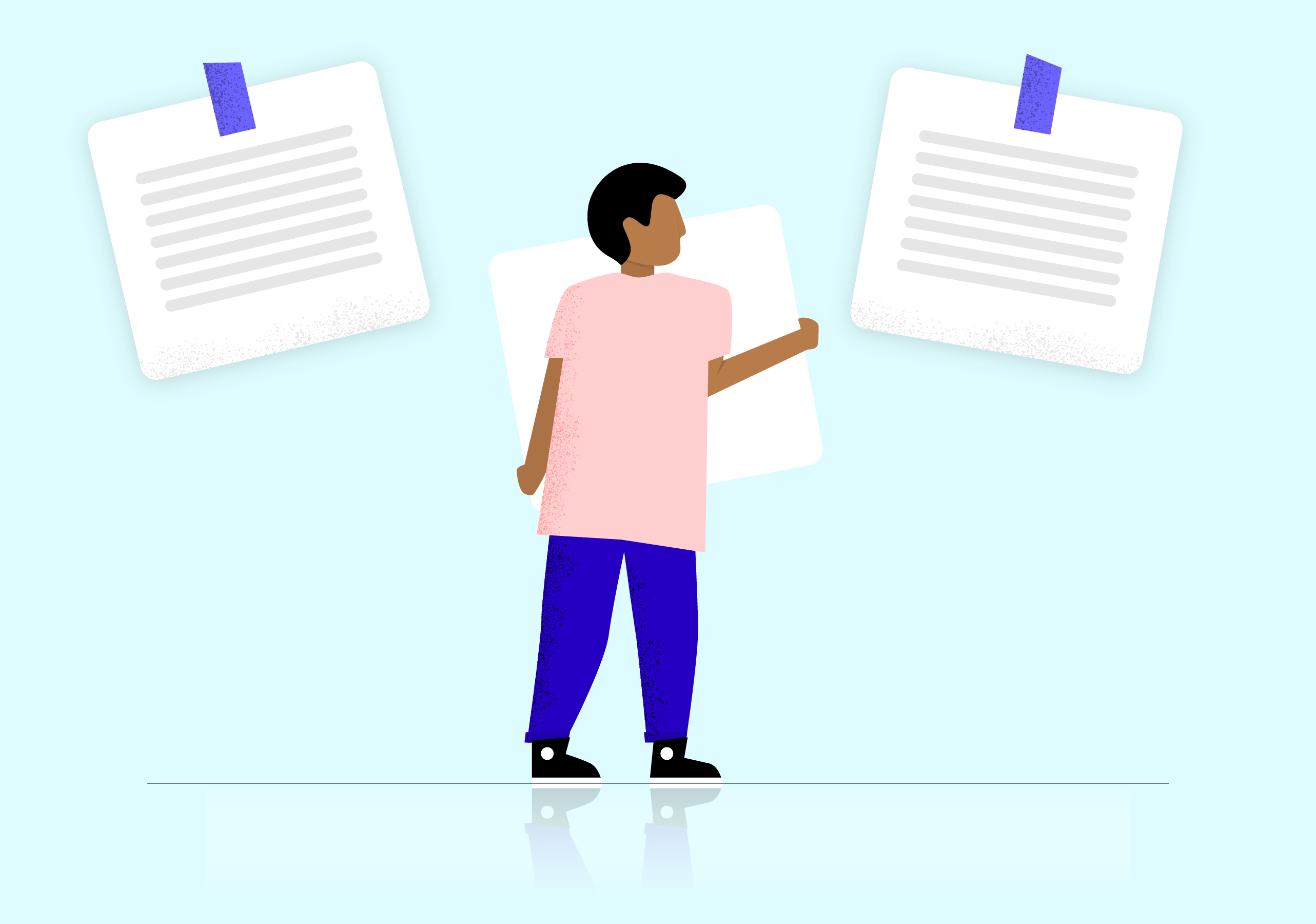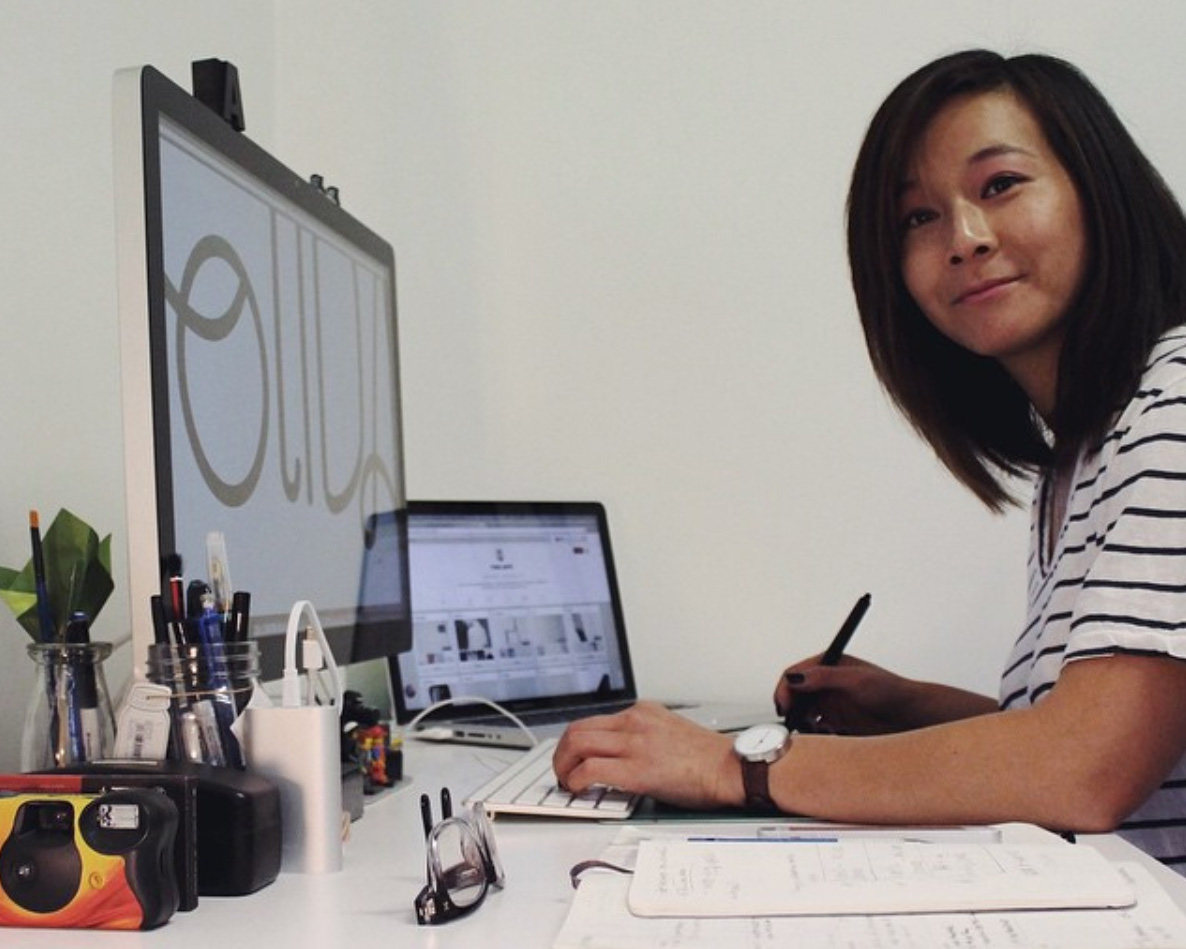
PART ONE
Freelancing Tips for Designers in Australia
I often have past students, colleagues, and friends ask for advice on how to freelance. I’ve been a freelance designer, operating as a sole trader in Australia for five years now. It hasn’t been easy and I’ve had to make some sacrifices too! So I’ve put together these tips to help you.
First things first. If you’re looking to freelance independently and fulltime, then these tips will be useful to you. These tips are based on my experience. It’s important to preface that the tips are not the answer to everything in regards to freelancing. It’s essential that you do your own research too!
Freelancing as a designer means you will be managing your own clients or you could be contracting at agencies or work as an in-house designer for a company. Note: If you decide to go through a recruiter then these tips may not apply, usually you become an employee of the recruitment agency—make sure you check with them first. Also if freelancing is a side hustle then some of these tips may not apply to you either.
Part 1 - The serious stuff - How to set up your business.
🛸 Sole Trader or Company?
There are different ways to set up your business, you can either set yourself up as a Sole trader, Partnership, Company or a Trust. Different criteria and liabilities occur depending on what you choose. After chatting with my accountant, I decided to run my business as a sole trader, simply because it would be easier for me to manage as a freelancer. If you have multiple stakeholders in your business then you will need to register as a company.
Check out these useful links from the ATO with full descriptions:
→ Sole trader
→ Company
→ Partnership
→ Trust
💰 Set up an ABN - Australia Business Number
Once you’ve obtained one, make sure to include this on your invoices. More about invoicing below.
🏢 Register a business name
If you want to run your sole trader business under a unique name (not your own name) then you’ll be required to register the name with ASIC. For example my registered business name is Faber & Lo and it appears on all my invoices, but if I wanted to run my business under my own name then it’s unnecessary to register.
To register a unique business name click here.
📁 GST (Goods and Services Tax)
If you’re earning over $75K a year then you should be required to register for GST. GST is 10% charged on top of what you invoice. Make sure you set aside 10% of your invoiced amount. You will be required to pay GST to the ATO.
💸 PAYG stands for Pay As You Go
Once your business is in full swing you will be required to pay quarterly BAS. So please make sure you don’t spend all your earnings. Be diligent and set aside % of your earnings to go towards paying tax. How much % should you set aside? Use this link to determine how much you think you’ll be earning and you’ll know how much to put aside with each payment received from your clients.
For example, if you predict you’ll be earning between $90k - $180k, the ATO will tax you $20,797 plus 37c for each $1 over $90,000. I like to set aside 35% of earnings to be on the safe side.
But! I suggest chatting with your accountant first. On that note…
🤓 Get an accountant
Engage with an accountant to seek advice and to confirm that you’re ticking all the right boxes.
🧓🏻 Super
It’s not a legal requirement as a sole trader to put aside Super. But I recommend that you set aside Super once your business is running healthily. Sacrifice a little now for the long term gains!
🧾 Expenses
Keep track of your expenses because you can claim them back and pay less tax ;) make sure you set aside time every month or every quarter to note down all your expenses.
🧮 How to invoice?
Basic but essential information to include on your invoice:
- ABN number
- Your business information
- Your client information
- Your payment details
- Payment due date
- Terms and conditions
🗓 Need a template?
When you’re starting off, using a template is easy to manage. But once your business starts gaining traction then using a 3rd party accounting software makes it a lot easier to track.
I’ve tried quite a few different online software but Rounded has been one that has suited my needs the most. It’s simple and easy to use. It’s an Australian based start-up and uniquely designed to suit creative freelancers like us.
Other accounting software to consider are Xero and Quickbooks for small business owners.
⏰ Tracking hours
It’s important to track the hours you work on a project because;
How should I track my hours?
- You will invoice those hours (dependent on the agreement you have with your client)
- Tracked hours is data you can use to help you quote your next job
- A great way to see how productive you are!
It’s simple, create an excel sheet. Note down date, time and project. If you are managing multiple projects and find it hard to keep track then you can also consider using a 3rd party software.
I use Harvest to track my hours. It’s a paid subscription and I only recommend signing up if you have multiple clients to manage and find it difficult to track everything. But most online accounting software have timers and some project management software do too.
📑 Terms & Conditions
Some basic terms and conditions for designers:
- Always request a deposit unless you work with your client regularly and trust that they will pay you on time. I usually request a 50% deposit.
- The remaining 50% deposit will be invoiced once all deliverables have been signed off. You can request for the remaining amount to be paid before you send the final artwork files.
- I allow 2 x rounds of edits/feedback for each stage – if it goes beyond two rounds of feedback then I start charging my hourly rate. This is specified in the proposals I send to my clients. Also, if a client starts requesting changes beyond the two rounds then I remind them that I will start charging my hourly rate—funnily enough, this helps them make a decision quicker!
The above is base line terms and conditions. I use a much more comprehensive contract for large scale clients.
Photographers and illustrators have terms and conditions that differ. They have license agreements.
📝 NDA stands for Non Disclosure Agreement
If you’re working on a project with a client that is top secret then I suggest putting together an NDA. Luckily enough our IP Australia has free one handy for you to generate.
Create one here.
💵 How do I decide how much to charge?
I get this question a lot. And I don’t have an answer. But do some research. Ask around, ask your friends. I’ve been quite hesitant in the past to discuss my pay etc. But I’m a lot more open to discussing it with my friends now. How else will I know whether I’m getting paid enough?
But to get a rough figure I like to see what the average salary is for the role I’m in. e.g. a Senior Graphic Designer salary is between $75k-$85k. That should give you a rough idea of how much you can start charging. Although, freelancers/contractors can charge more because we have less job security. Don’t forget, we don’t get paid leave or sick days. So take that into consideration when figuring out how much to charge.
I’ve heard lots of different theories on what to charge but in my experience, at the end of the day, it’s all about:
Time x $ hourly rate = Base amount of what you should charge.
When considering time, think about the admin time as well as design time. Time that you’ll spend on the phone with a client, emailing the client, etc.
Again, don’t forget, you have to set aside % for your tax, 10% for GST (if you charge GST) and 10% for super (that’s optional).
And make sure you’re happy with the amount you are going to charge. If you don’t charge enough you’ll end up resenting your client.
🏦 Set up a business bank account
Set up a business bank account separate to your personal account. Keep it professional! Basic accounts I’ve set up are a GST account, Tax savings account and day-to-day account for daily transactions. Most banks will waive the first year bank fees.
👩👦Paid parental leave
When I fell pregnant, I was quite worried about whether I’d be eligible for paid parental leave. I had planned to take 6–12 months of maternity leave. Luckily, as sole-trader, we are entitled to receive some form of payment if we are eligible. Parental Leave Pay is based on the weekly rate of the national minimum wage. You can get it for up to 18 weeks, which is 90 payable days.
It will include both:
- a continuous Paid Parental Leave period of up to 12 weeks which is 60 payable days
- 30 Flexible Paid Parental Leave days.
- Parental Leave Pay is currently $772.55 per week which is $154.51 a day before tax.
Your partner may also be eligible for Dad and Partner Pay for up to 2 weeks. This is 10 payable days. This means your family can get a total of up to 20 weeks or 100 payable days of payments.
For further information click on this Service Australia link.
To apply you will have to have a Centrelink account. I suggest you start the process before the birth of your child.
As well as paid parental leave, you can also apply for the Family Tax Benefit — A two part payment that helps with the cost of raising children. To find out more information and how to claim, see Service Australia link.
🗒 Summary
To summarise, these tips are based on my own experience. Your experience will be different. It’s important to keep an open mind and be ready to swap methods that don’t work for you.
I wish you luck on your freelancing journey! Feel free to reach out if you have any further questions. Email me alicekllo@gmail.com.

Lastly, here’s a photo of me working in my bedroom (I look so young!). My desk was situated next to my bed. For months, when I was kick-starting my business, I’d roll out of bed, get dressed and start my day at this desk. It wasn’t pleasant but I managed to be disciplined and started my day promptly at 8 AM every day. If you want to make a decent living, you can’t be lazy. Get started with some good habits.
Special thanks
Special thanks to Maggie Lo for helping me check the copy for this article. Banner image from Free Pik.
Say Hello
Say Hello
© Copyright Alice Lo